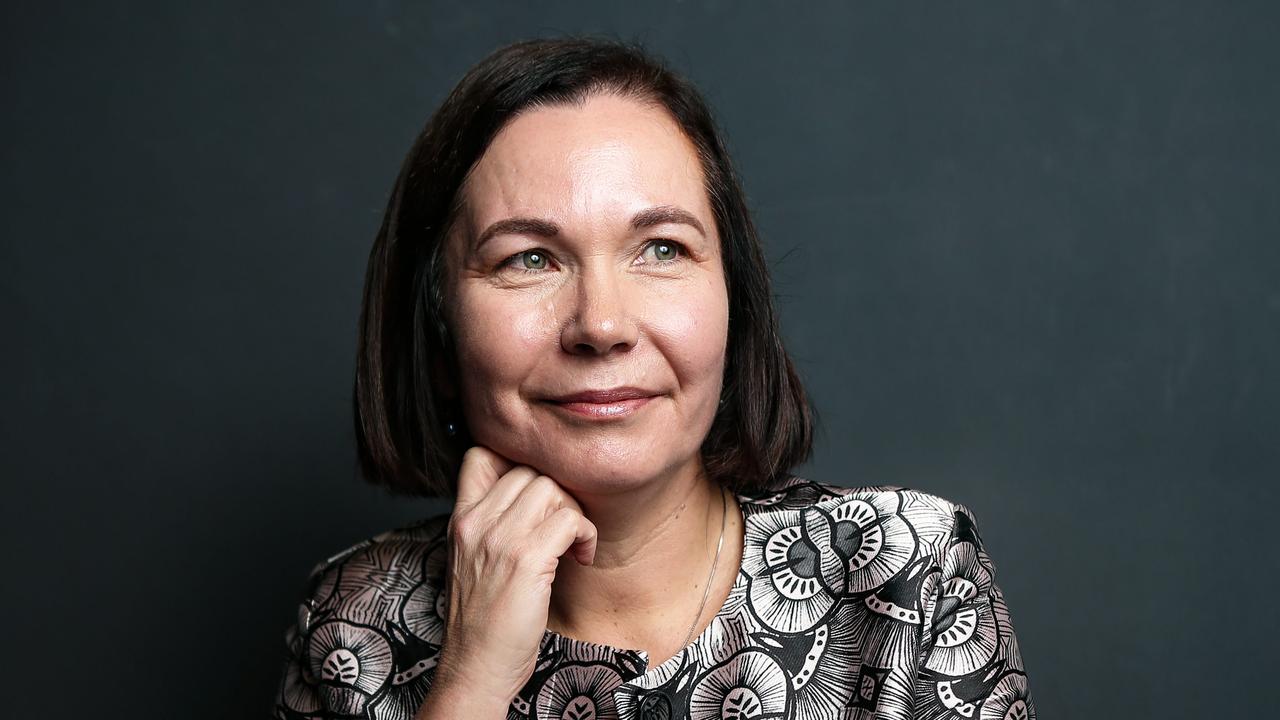Black Saturday record $500m some small justice
SURVIVORS of the 2009 Black Saturday bushfire have warned the $500m will never compensate for the large-scale loss of life.

SURVIVORS of the worst of the 2009 Black Saturday bushfire disaster have embraced the biggest class-action settlement in Australian legal history — but warned the $500 million will never compensate for the large-scale loss of life.
More than 10,000 insurance claims will be assessed and processed after the power company SP AusNet and the Victorian government settled the long-running claim without admitting liability.
Lawyers for the victims said the settlement, which will need to be ratified by the Victorian Supreme Court, was nearly double the previous largest class-action settlement, providing a “measure of justice’’ after the Kilmore East blaze killed 119 of the 173 people who died on February 7, 2009.
The blaze tore through Kinglake and Strathewen in the ranges northeast of Melbourne, destroying 1242 homes after being ignited on the Great Dividing Range about 55km to the northwest.
Vicki Ruhr, a community activist at Kinglake who lost her house, told The Australian the settlement was a Pyrrhic victory given the huge loss of life.
Ms Ruhr said there continued to be considerable suffering among many fire victims, despite the facade of progress in the hills.
“But it’s justice. Justice has been done. It’s just been a little bittersweet,’’ she said.
The settlement included $104m from state government agencies, of which Premier Denis Napthine said the costs were covered by insurance.
SP AusNet, the electricity provider, faces a payout of nearly $380m and expects insurance costs and compensation for another case will cover its liability.
The sums being returned to individual claimants will be determined during the next 18 months.
Andrew Watson, the national head of class actions for Maurice Blackburn, said the volume of work required to process the claims meant there would be some delays before the cash was handed to victims.
“If approved, the settlement will be the largest in Australian class-action history. It will be more than double the previous largest settlement, and in fact it’s more than the sum of the three previous highest settlements combined,” he said.
“The volume of the claims was unprecedented. There are some 1700 personal injury claims, there are nearly 4000 claims for uninsured and underinsured property loss, and there are about 5000 insurance claims. In all, more than 10,000 claims which will need to be assessed and processed if the court approves the settlement.” Mr Watson was critical of SP AusNet, declaring the case was primarily against the company, and he rejected its claims that the fire was caused by a lightning strike.
“The case was primarily against SP AusNet, the electricity provider, and the allegation that we made was that their negligence led to the fire because in effect they had inadequate and insufficient systems in relation to the maintenance of the power line that broke and fell and caused the fire,” he said
SP AusNet said the settlement was without admission of liability, claiming the conductor that broke and caused the fire was damaged by lightning.
“SP AusNet’s management of its network did not involve any negligence,’’ it said. “Although SP AusNet believes that it was more likely to succeed than fail in the litigation, that point was contested and the subject of a trial which sat for more than 200 days.’’
Dr Napthine said the government would oppose any attempts to increase power-related costs due to the settlement.


